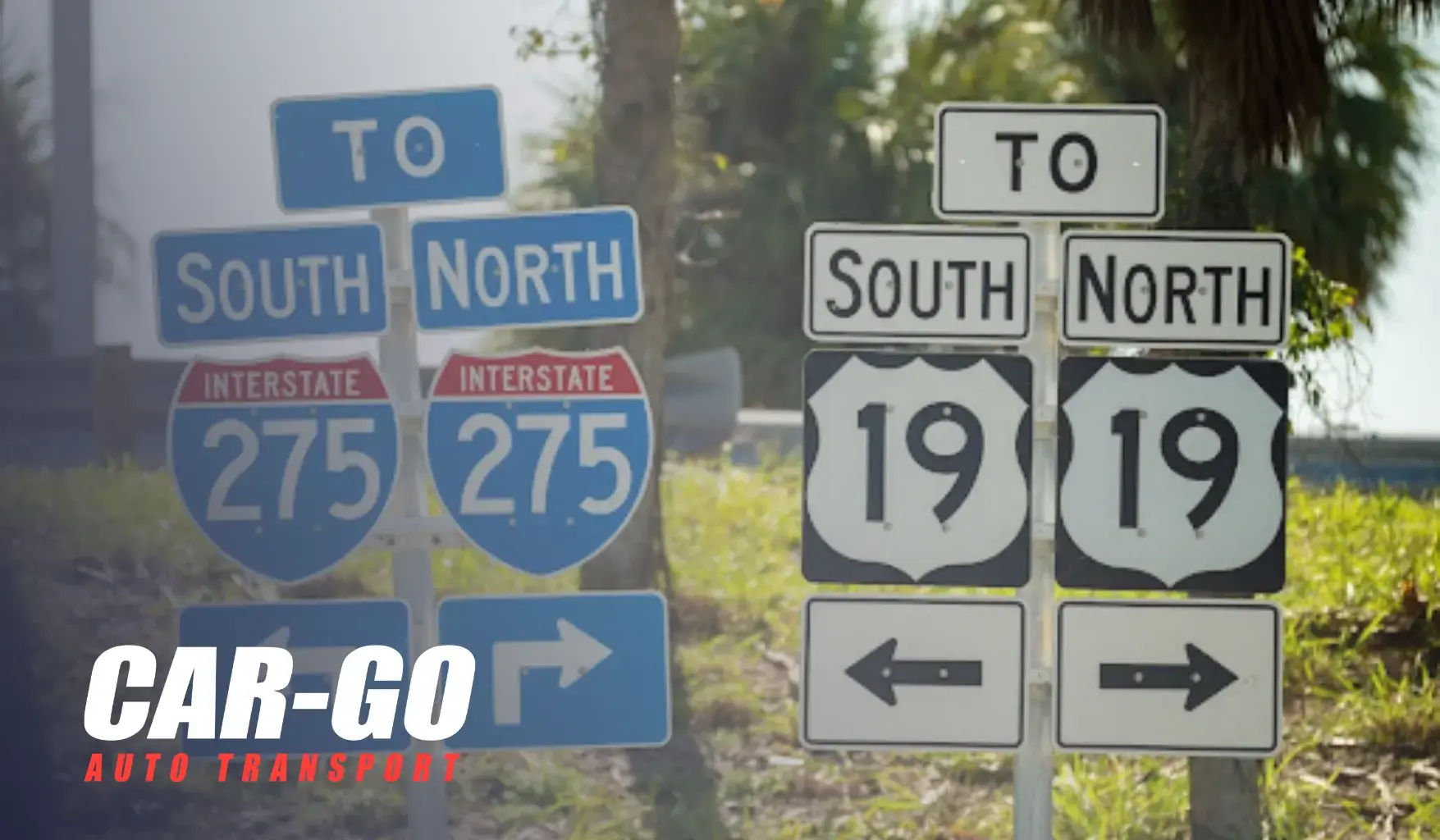When someone needs to ship a car across the country, the first question usually comes down to cost. And while many factors influence the final price tag, distance stands out as the single most significant driver.
Understanding how mileage and route selection affect pricing helps anyone planning a vehicle shipment make smarter decisions and avoid unexpected expenses.
How Distance Directly Impacts Price
Distance works differently in car shipping than most people expect. The cost per mile actually decreases as the trip lengthens. Think of it this way: a carrier spends roughly the same amount of time and fuel loading a vehicle whether it’s going 200 miles or 2,000 miles. The fixed costs of pickup, loading, paperwork, and insurance get spread across more miles on longer journeys.
For a 300-mile trip between neighboring states, the cost per mile might land around $2.00 to $2.50. But stretch that same shipment to 1,500 miles coast to coast, and the per-mile rate often drops to $0.60 or less. A short haul from Chicago to Indianapolis (approximately 185 miles) might cost $400 to $500, while moving a car from Los Angeles to New York (roughly 2,800 miles) can range from $1,200 to $1,500. The more extended trip costs more overall, but the efficiency gains become obvious when breaking down the math.
Understanding current car shipping rates helps put these per-mile calculations into perspective and shows how distance fits into the bigger pricing picture.

Popular Routes vs Remote Routes
Not all miles cost the same. Carriers love busy shipping corridors because they can line up multiple vehicles heading in the same direction. Routes like New York to Florida, California to Texas, or Chicago to Atlanta see constant traffic. Competition among carriers on these popular paths keeps prices reasonable.
Remote areas are a different story. When a carrier needs to venture off the main roads to pick up or deliver a vehicle, that’s time and fuel spent without hauling multiple cars. A shipment from rural Montana to a small town in Maine will cost significantly more per mile than a shipment from a major city to a similar destination, even if the distances are comparable. The carrier might need to deadhead (drive empty) for hundreds of miles just to reach the pickup location, and those costs get passed along.
Companies like Car-Go Auto Transport maintain relationships with carriers across various routes, which helps them find the best available pricing, even for less common destinations.
Why Delivery Locations Matter
Location specificity plays a massive role in the final bill. Metropolitan areas with easy highway access offer carriers the most flexibility. A pickup in downtown Miami or delivery to a suburb of Phoenix means the driver can quickly return to the interstate and continue hauling other vehicles.
Smaller towns present challenges. If a carrier needs to drive 50 miles off the main highway to reach a customer, that’s 100 miles of extra driving when factoring in the return trip. These additional miles, often called “last mile” costs, can add $75 to $200 to the quote. Someone shipping to or from a rural address should expect this surcharge and plan accordingly.
Terminal-to-terminal shipping offers an alternative. Instead of door-to-door service, customers drop off or pick up their vehicles at a designated terminal, usually located near major highways. This option cuts costs but requires the owner to handle local transportation.

Case Studies: Common U.S. Routes
Real-world examples help illustrate these pricing patterns. A sedan traveling from Los Angeles to Houston (approximately 1,550 miles) on a popular southern route might cost between $700 and $900. The path follows major interstates, passes through multiple large cities, and carriers can easily find return loads.
Compare that to a similar distance from Seattle to Miami (roughly 3,300 miles). This cross-country journey might cost $1,400 to $1,700, but the per-mile rate stays competitive because it’s a well-traveled route with consistent demand. Break that down, and it’s about $0.42 to $0.52 per mile.
Now consider a regional move from Fargo, North Dakota, to Burlington, Vermont (about 1,500 miles). This route cuts through less populated areas with fewer major shipping lanes. The price could climb to $1,100 to $1,400 because carriers have fewer options for finding additional vehicles heading the same direction. The per-mile cost jumps to around $0.73 to $0.93.
A short regional trip tells yet another story. Moving a vehicle from Nashville to Louisville (about 175 miles) might cost $350 to $450. That works out to $2.00 to $2.57 per mile, demonstrating how shorter distances carry higher per-mile rates despite the overall cost being lower.
Distance plays the leading role in pricing, but other factors influence what you’ll pay to transport your car, from vehicle type to shipping method and seasonal demand.

How to Save on Long-Distance Car Shipping
Smart planning can trim hundreds of dollars from a car shipping bill. Here are some practical ways to reduce costs without sacrificing quality:
Be flexible with pickup and delivery locations
If someone can drive their vehicle to a nearby city with better carrier access, that small effort might cut costs by 15% to 25%. Meeting a carrier at a truck stop or shopping center parking lot near a major highway eliminates the need for residential pickup fees. Many carriers prefer these arrangements because they save time and keep the truck moving efficiently.
Consider terminal-to-terminal shipping
This offers the most dramatic savings for those willing to handle the extra logistics. By dropping off and picking up at designated facilities, customers can save $100 to $300 on longer routes. The trade-off requires coordinating local transportation, but for someone already planning to fly to their destination, this option makes perfect sense.
Time the shipment strategically
Shipping during off-peak seasons (typically late fall and early spring) can result in reduced prices as carriers compete for business. Summer and winter see spikes in demand from snowbirds, students, and families relocating during school breaks.
Allow flexible delivery windows
Carriers can optimize their routes and consolidate shipments more effectively when they have flexible timelines. Rushed shipments with tight delivery requirements always cost more.
Get multiple quotes
Prices can vary by several hundred dollars for the same route, and understanding the market rate helps identify fair pricing. Reading reviews and checking company credentials remains just as important as finding the lowest price. A slightly higher quote from a reliable transporter beats a rock-bottom price from a company with a track record of delays and damage claims.
Distance shapes car shipping costs more than any other single factor, but route popularity, location accessibility, and smart planning all influence the final number. Someone shipping a vehicle across the country should expect to pay more overall than for a regional move, but the per-mile efficiency improves significantly. Choosing flexible pickup and delivery points, considering terminal options, and timing the shipment strategically can all help keep the price reasonable without sacrificing service quality.
Frequently Asked Questions
The Bottom Line
Distance and route selection work together to determine the cost of shipping a vehicle. While longer trips cost more overall, they become more economical per mile. Popular routes between major cities offer the best rates, while remote locations require additional investment. The good news? Understanding these pricing factors puts anyone in a stronger position to plan their shipment wisely and identify fair quotes when they appear.